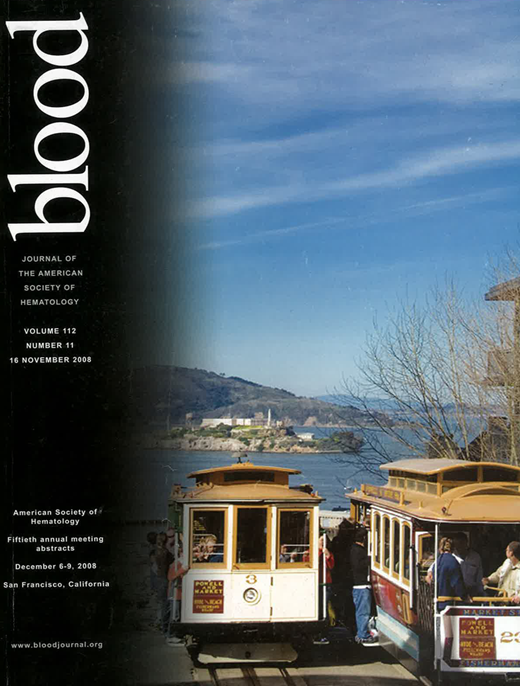Abstract
Age-related thymic involution contributes to severe and clinically significant immune deficiency in the elderly. Proposed mechanisms of age-related thymic involution have focused on either intrinsic defects of lymphohematopoietic progenitors or primary defects of the thymic microenvironment with aging. Previously, we have demonstrated that keratinocyte growth factor (KGF) transiently reverses murine age-related thymic involution by regenerating the TEC compartment. We sought to understand the mechanisms of age-related loss of TECs and to evaluate a potential therapeutic strategy to durably regenerate the thymus. We found a significant increase in the frequency of apoptotic TECs (CD45- MHCII+) coupled with a decline in the frequency of S-phase TECs in young versus aged mice (11 vs 19% and 35% vs 17%, respectively). Telomere shortening was observed in both aged thymocytes and thymic stromal cells, indicating increased replicative senescence in both compartments. Previous studies have demonstrated lack of age-related thymic involution in Fas−/− mice. We found that the frequency of Fas+ TECs was 3-fold higher in aged mice compared to young mice. A distinct TEC subpopulation expressed Fas, but there was no increase in Fas+ CD45+ lymphoid cells. Although FasL was not expressed by thymocytes, expression of FasL by intrathymic mature T cells (ITMTs, CD4+CD8−CD44high or CD4−CD8+CD44high) increased 2-fold in aged mice. In contrast, there was no change in the frequency of FasL+ splenic memory T cells. To understand how Fas expression is induced in aged TEC, we examined the effects of two pro-inflammatory cytokines, TNF-α and IL-1β, which are known to induce Fas expression. Both TNF-α and IL-1β up-regulated Fas expression on K5+K8+ (possible precursor), K5−K8+ (cortical), or K5+K8− (medullary) TEC clones derived from young mice. RT-PCR and FACS analyses showed that the aged thymus had 4–5-fold higher levels of TNF-α, and TNF-α expression was increased in aged CD4+ and CD8+ ITMT, as well as all subsets of thymocytes. To elucidate the molecular mechanisms of apoptosis in the aged TEC, we analyzed levels of activated caspase-8, a key mediator of TNFR/Fas-induced apoptosis. Almost 50% of TECs in aged mice but only 25% in young mice had activated caspase-8. Furthermore, in vivo treatment (0.4mg/mouse, every 3rd day for 1 month) of a caspase-8-specific inhibitor (z-IETD-fmk) increased the number of TECs, decreased TEC apoptosis, and enhanced thymopoiesis in aged mice. The data suggest that thymic aging is mediated by decreased regenerative potential of TEC coupled with increased expression of inflammatory cytokines by both ITMT and thymocytes that make TECs more susceptible to apoptosis by either inducing Fas expression on TECs or directly triggering TNFR-mediated apoptosis. The inflammatory effects of ITMT on TEC death provides a feed-forward mechanism by which peripheral memory T-cell generation and immune senescence is linked to thymic involution.
Disclosures: No relevant conflicts of interest to declare.
Author notes
Corresponding author

